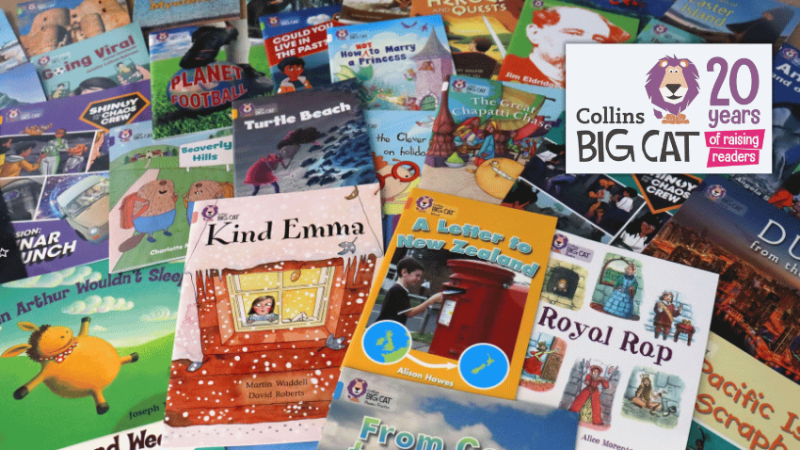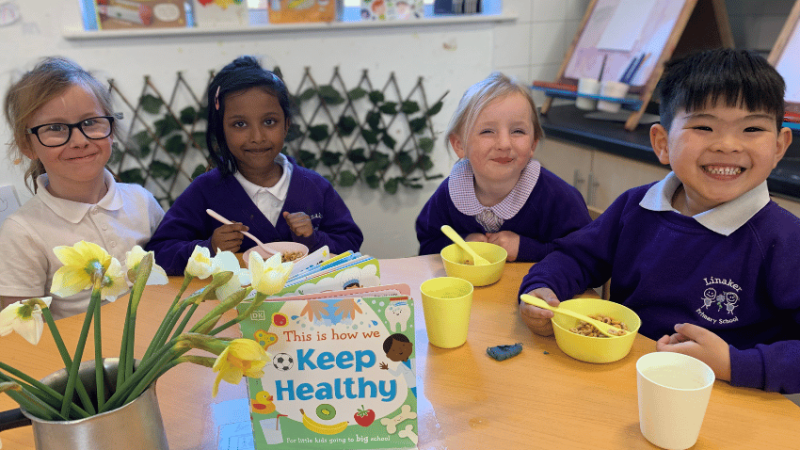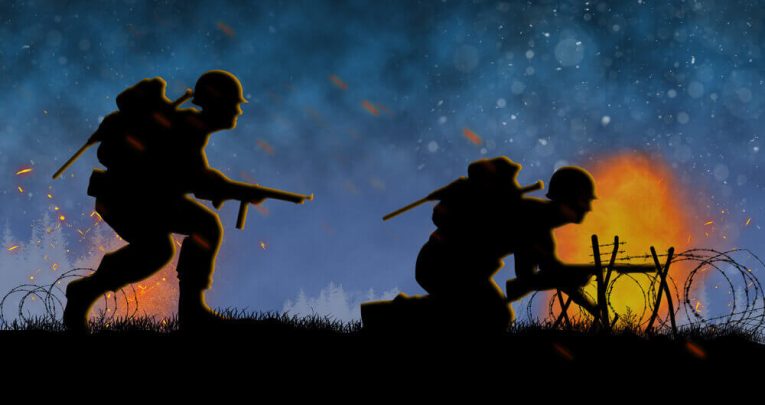How Drama Helps Primary Children Understand Books and Stories

Drama is about far more than acting. With the right activities, we can help children understand texts in more detail than ever before, says Ian Eagleton

- by Ian Eagleton

As a shy child, drama helped my self confidence immensely. I attended a drama club every week where I could perform, read scripts, improvise, play drama games and, for a brief moment, become someone else.
Indeed, educators such as professor Ruth Heinig talk about how drama can act as a vehicle allowing children to explore new roles so that ‘they see themselves in a new light, with an inner strength they never knew they had”.
Primary school drama has often been associated with the Christmas play, and ‘hot-seating’ and ‘freeze frame’ activities. These strategies, whilst having benefits, often lead to a superficial understanding of a text.
Children are encouraged to perform the text rather than explore the multiple meanings and interpretations that more detailed follow-up work can elicit.
Drama can be more than putting on a play, doesn’t have to involve time consuming rehearsal, and can be used to support every aspect of the new English curriculum. It can promote a love of language and literacy, benefit children’s fluency and expression when reading, as well as developing oracy, listening skills and social interaction.
So how can we develop a range of strategies and activities that use drama as an inspiring platform to develop empathy, inference and deduction skills, fluency and expression – as a tool for making and presenting meaning?
Text-edged drama (Wolf, 2004) is one way. Children start with a text (a book, play, picture book, object or film clip) and explore it. Rather than just performing it, they elaborate upon it, thinking carefully about the text’s context and how it reflects various roles and people’s social standing.
It is essential that a ‘critical space’ is developed where children can perform, debrief and discuss their ideas. The teacher should not be too domineering and the role of a character should not be assigned to one child – it is everyone’s responsibility to investigate and discover.
There are a number of strategies to support this, which can be used as a starting point for investigating a text in more detail.
Positioning and status
This strategy allows children to understand the relationships between the characters they are studying and explore themes of power and status. Ask the children to think of a scale from one to 10, one being the lowest, to reflect a character’s status.
Ask the children to think of a quote for the character. For example, if studying the relationship between Caliban and Prospero in Shakespeare’s The Tempest, you may choose Caliban’s famous retort:
“YOU TAUGHT ME LANGUAGE,
AND MY PROFIT ON ’T
IS I KNOW HOW TO CURSE.”
Trending
How might Caliban speak if he had a status of one? Would he be hunched over, nervous and quiet? How might this differ from a status of 10? How would he show his confidence and power? How would he move? What would his body language be like? How might Prospero react?
Overheard conversations
This activity can help children understand how a character might be feeling and how they might explain an event in the story or their own actions to another character.
Children work in pairs to create and exchange conversations that are not part of the text. For example, one child may be in character as the bear from The Bear and the Piano by David Litchfield and another as the girl who encourages the bear to leave the woods and play in front of hundreds of people.
They may discuss their plans, the girl could encourage the bear to come with her and the bear may voice his concerns about leaving the other animals. These conversations do not have to be between main characters.
Children could imagine they are minor characters, which will challenge them to think about how these characters might feel about an event and the impact upon a wider group of people.
Front stage/back stage
Goffman (1959) theorised that we have front and back stage personas and present ourselves accordingly.
‘Front stage’ refers to how we present ourselves when people are watching us and is shaped by what is socially acceptable.
‘Back stage’ refers to what we do when we think no one is watching.
Using this idea, ask the children to imagine a character is being interviewed (the Big Bad Wolf can be an interesting character). Ask them to verbalise his ‘front stage’ thoughts – why did he chase Red Riding Hood? Maybe the wolf’s ‘front stage’ answers make him appear mean and angry?
Now, using his ‘back stage’ persona, ask the same questions. Are the wolf’s reasons for being bad different? Is he lonely? Was it an accident? Is he really kind, but pressured by the rest of his pack?
Using a variety of drama strategies can help children become emotionally involved with the characters, settings, stories and relationships and can mean they become physically connected to a range of high-quality texts.










